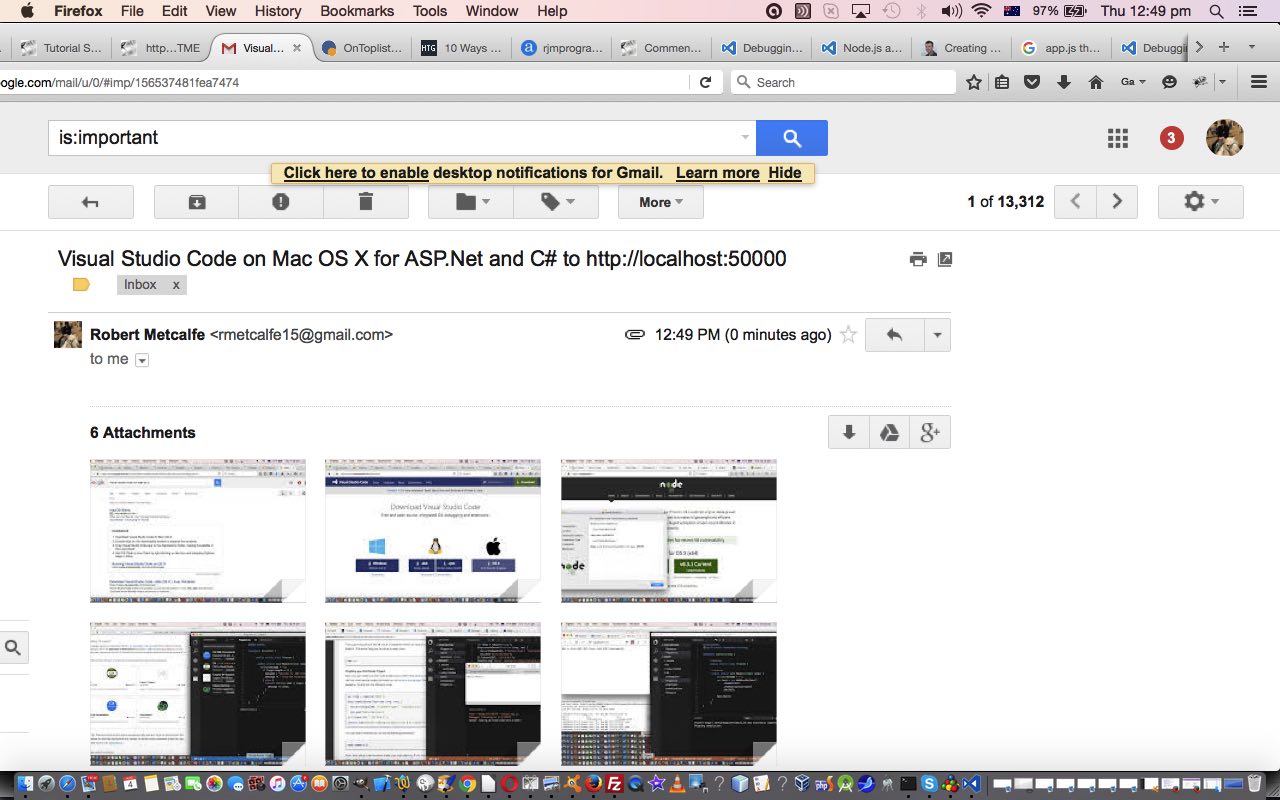
- #PUBLISH WEBSITE VISUAL STUDIO 2012 UPDATE#
- #PUBLISH WEBSITE VISUAL STUDIO 2012 WINDOWS 7#
- #PUBLISH WEBSITE VISUAL STUDIO 2012 PROFESSIONAL#
- #PUBLISH WEBSITE VISUAL STUDIO 2012 FREE#
#PUBLISH WEBSITE VISUAL STUDIO 2012 UPDATE#
IIS 10.0 version 1709 is included in Windows Server, version 1709 (Semi-Annual Channel) and Windows 10 Fall Creators Update both released. This version includes support for HTTP/2, running IIS in Windows containers on Nano Server, a new Rest management API and corresponding web-based management GUI, and Wildcard Host Headers. version 3 is included in Windows Server 2016 released and Windows 10 Anniversary Update released. This version includes Idle worker-Process page-out, Dynamic Site Activation, Enhanced Logging, ETW logging, and Automatic Certificate Rebind. IIS 8.5 is included in Windows Server 2012 R2 and Windows 8.1. IIS 8.0 includes SNI (binding SSL to hostnames rather than IP addresses), Application Initialization, centralized SSL certificate support, and multicore scaling on NUMA hardware, among other new features. IIS 8.0 is only available in Windows Server 2012 and Windows 8. It also introduced TLS 1.1 and TLS 1.2 support and the Best Practices Analyzer tool and process isolation for application pools. IIS 7.5 improved WebDAV and FTP modules as well as command-line administration in PowerShell. #PUBLISH WEBSITE VISUAL STUDIO 2012 WINDOWS 7#
IIS 7.5 was included in Windows 7 (but it must be turned on in the side panel of Programs and Features) and Windows Server 2008 R2.Additional requests are queued, which hampers performance, but they are not rejected as with XP. IIS 7.0 on Vista does not limit the number of allowed connections as IIS on XP did, but limits concurrent requests to 10 (Windows Vista Ultimate, Business, and Enterprise Editions) or 3 (Vista Home Premium). It also introduced a hierarchical configuration system allowing for simpler site deploys, a new Windows Forms-based management application, new command-line management options and increased support for the.

IIS 7.0 included a new modular design that allowed for a reduced attack surface and increased performance.
IIS 7.0 was a complete redesign and rewrite of IIS, and was shipped with Windows Vista and Windows Server 2008. Also each component (like for example Server Side Includes or ASP) now has to be explicitly installed, because in earlier versions often hackers entered sites by using security bugs of components that were not even in use by the hacked site, improving security. HTTP.sys was introduced in IIS 6.0 as an HTTP-specific protocol listener for HTTP requests. #PUBLISH WEBSITE VISUAL STUDIO 2012 PROFESSIONAL#
IIS 6.0 included with Windows Server 2003 and Windows XP Professional 圆4 Edition, added support for IPv6 and included a new worker process model that increased security as well as reliability. IIS 5.1 was shipped with Windows XP Professional, and was nearly identical to IIS 5.0 on Windows 2000. IIS 5.0 also dropped support for the Gopher protocol. IIS 5.0 shipped with Windows 2000 and introduced additional authentication methods, support for the WebDAV protocol, and enhancements to ASP. It was also the first version to run application pools. It introduced the new MMC-based administration application and also was the first version where you can run multiple instances of web and FTP servers, differenting them by port number and/or host name. IIS 4.0 was released as part of the "Option Pack" for Windows NT 4.0. IIS 3.0, which was included with Service Pack 2 of Windows NT 4.0, introduced the Active Server Pages dynamic scripting environment. IIS 2.0 was included with Windows NT 4.0. #PUBLISH WEBSITE VISUAL STUDIO 2012 FREE#
IIS 1.0 was initially released as a free add-on for Windows NT 3.51.Īlmost every version of IIS was released either alongside or with a version of Microsoft Windows:


However, since the EMWAC server was unable to handle the volume of traffic going to, Microsoft was forced to develop its own web server, IIS. The first Microsoft web server was a research project at the European Microsoft Windows NT Academic Centre (EMWAC), part of the University of Edinburgh in Scotland, and was distributed as freeware.







 0 kommentar(er)
0 kommentar(er)
